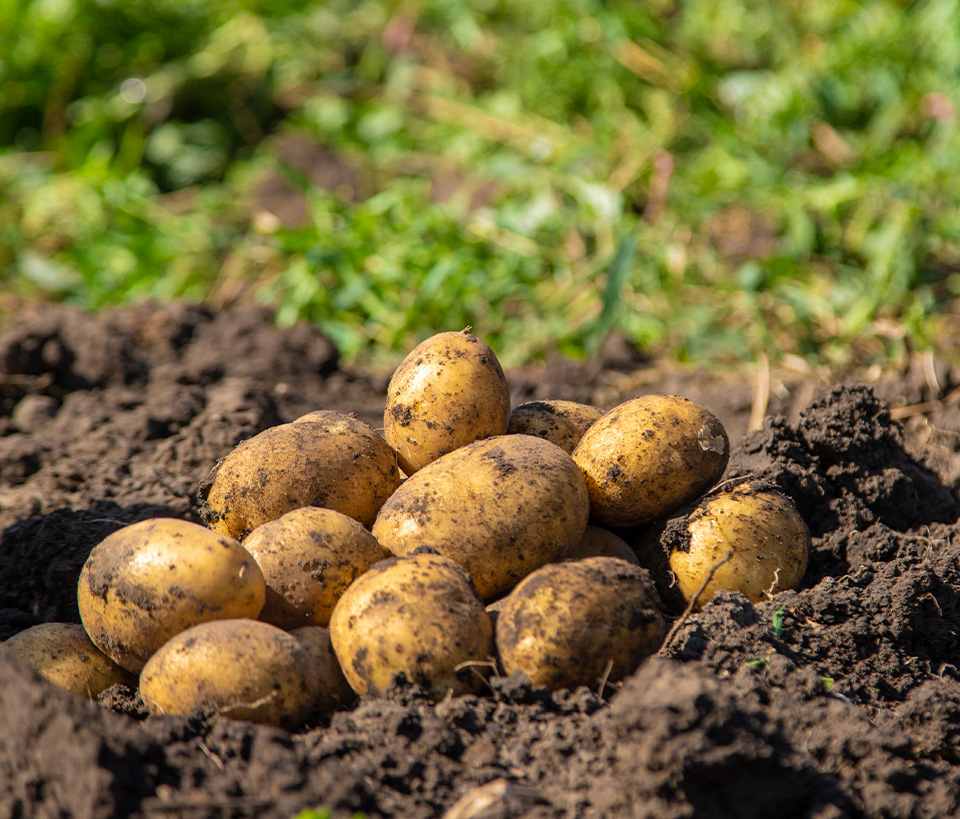
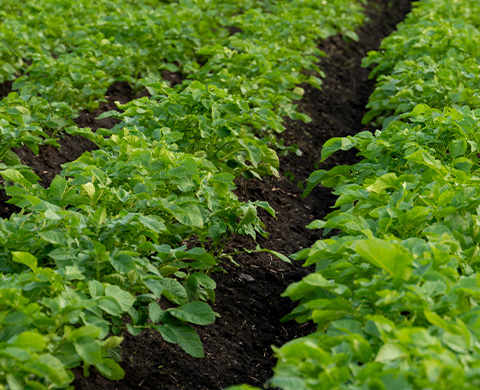
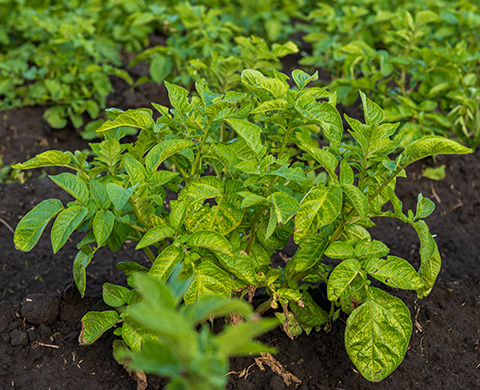
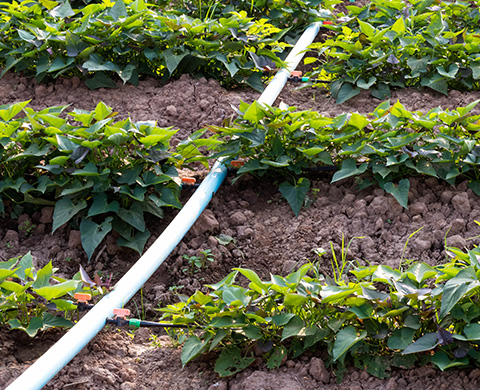
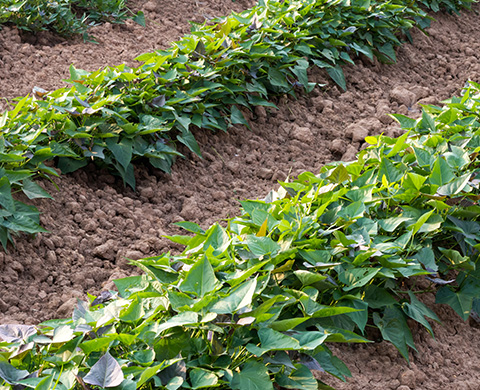
Available in multiple flow rates (0.16–0.26 GPH), clog-resistant design, and durable materials.
Perfect for long rows, delivering high uniformity across the field.
Modular filtration matched to your water source.
Intelligent fertigation platform with real-time EC/pH control.
Real-time soil moisture, temperature, and remote automation.